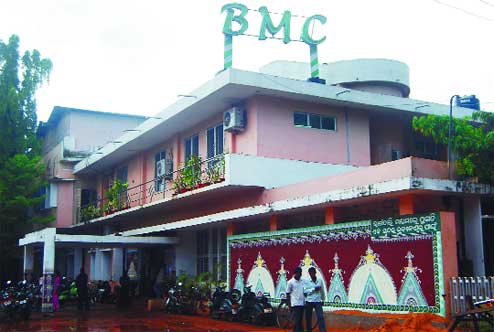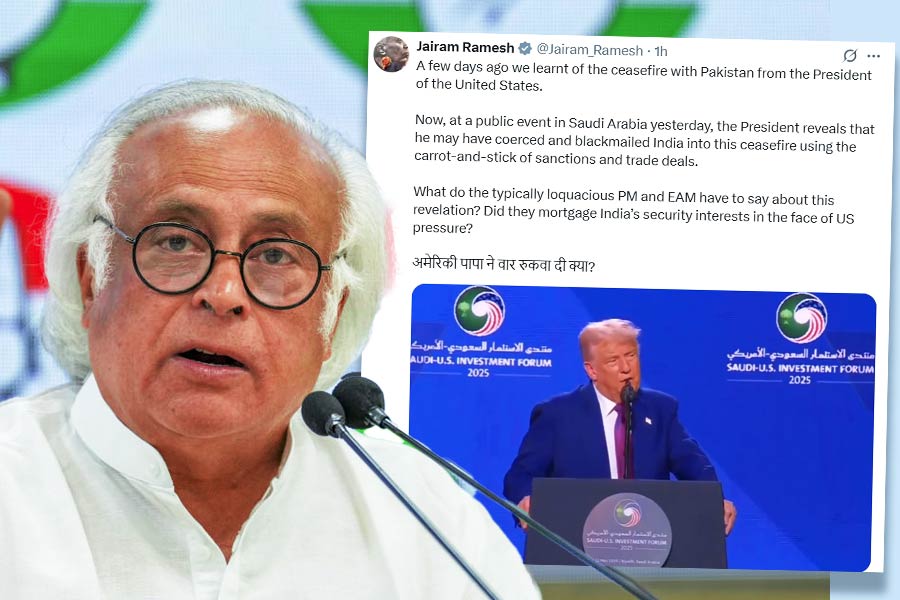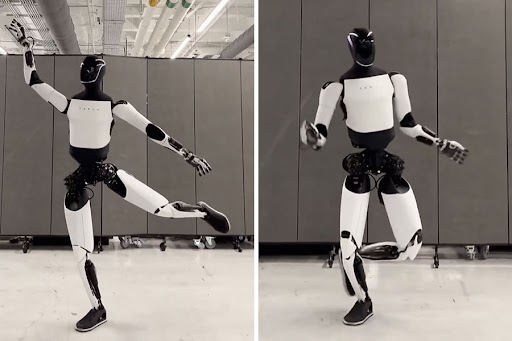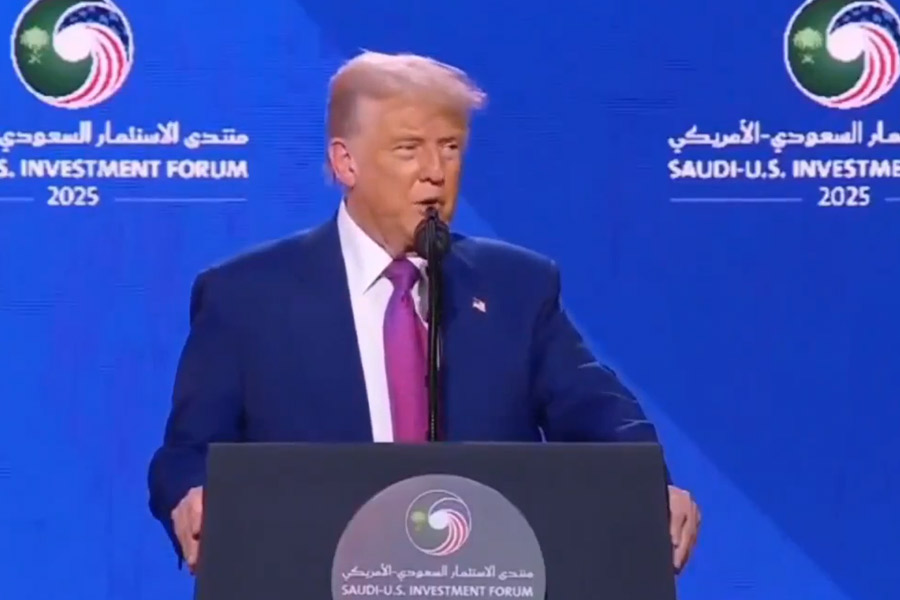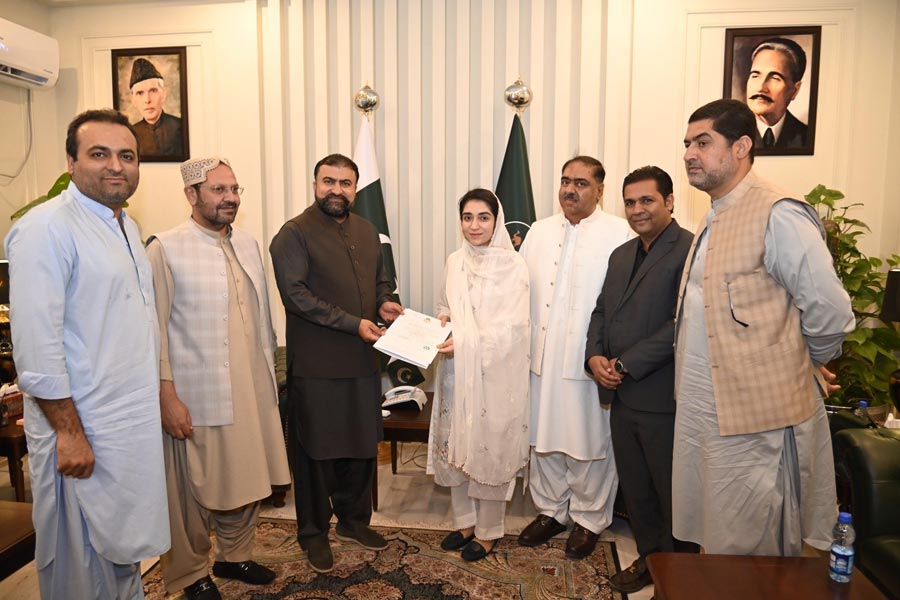
Calcutta, April 11: A sense of brotherhood — not merely among the community members but towards humanity — ruled Bande Utkal Janani, the annual cultural event of Odias@Kolkata, at the Science City auditorium here on Saturday.
The programme, which celebrates Odia tradition, heritage and culture, largely turned out to be a platform to lend all possible help to the victims of the recent flyover tragedy in Calcutta.
As many as 26 people died when an under-construction flyover collapsed at Girish Park in north Calcutta on March 31.
In the wake of the accident, Odias@Kolkata, a group of Odias residing in and around the city, immediately deployed its emergency response team to extend all possible assistance to the victims and their families.
“Since the day of the tragedy, we have been in touch with the victims, paying regular visits to hospitals where they are admitted as well as extending all possible financial and other support to the family members of those, who perished in the accident,” said secretary of the group Pradeep Mohapatra.
The programme began with two-minute silence in memory of the flyover collapse victims.
“We are planning to create a corpus fund to help the flyover victims. It’s still in the nascent stage, but we will ensure that the amount gets properly utilised,” said group president Guru Prasad Pattanaik.
The programme then switched over to the cultural aspect, re-emphasising the group’s motto to spread awareness about the rich Odia heritage and values among the next generation.
Ritika Pattnaik staged Odissi on the theme of dasavatar (the 10 incarnations of Lord Vishnu). “I find my Odisha connect in the dance form, which is one of the oldest in India,” said 17-year-old Ritika.
The next presentation was a unique experience. The entire audience stood up in respect as the women members of the group took to the stage and sang Bande Utkal Janani, which is a composition of Lakshmikant Mohapatra.
“First sung in 1912 at the ninth session of the Utkal Sammilani, the song had stirred the souls of Odias during the agitation for a separate province,” said the group’s cultural secretary Udayan Patnaik. While the proposal to make the patriotic number the state anthem has been hanging fire for the past 20 years, Odias@Kolkata aims to spread awareness on the issue. Incidentally, the event was celebrated in memory of the formation of Odisha as a separate province on April 1, 1936.
Women members of the community, too, took an active part in the event by taking part in group dance.
Swadhina Mohanty, Niharika Das, Priyadarshini Mishra, Suchismita Pani, Sasmita Mallik, Ritika Pattnaik took to the stage to perform Sambalpuri folk dance on Rangabati.
“It’s delightful to watch that the young brigade has taken the classical song Rangabati to a bigger platform,” said a member of the audience.
“Community bonding is the sole motto of Odias@Kolkata. This event is an occasion where we come together under a single umbrella to share our pain and pleasure,” said dancer Priyadarshini Mishra.
Kids, too, had their share of joy in the event.
Srilekha Swain, Yasmin Pani, Janhabee Das, Pratyasa Mishra, Priyanshi Rout and Idhika Hota staged a skit on the theme of environment.
The programme also saw soulful renditions of Tansen Singh, a veteran playback singer in Odisha.
Revival of the tradition was also evident in the chhau recital by members of Uttarasahi Chhau Nrutya Pratisthan from Baripada. The artistes aptly employed the mock combat skills to portray the recitals.
Though many believe that the word “chhau” originates from the Sanskrit word “chhaya” (shadow), scholars such as Sitakant Mohapatra have attributed it to “chhauni” meaning military camp. “It points at the martial aspect of the recital,” said Lokanath Das, head of the troupe, who performed nataraj nach.
“Besides, it hails the glorious days of Gajapati rulers, who had employed an army to extend their territory to the banks of the Godavari. The military skills (termed nrutya) of the army, locally called paikas, later emerged as the Mayurbhanj chhau,” said Das.
The evening also saw a Hasya Kabi Sammelan — where Kabi Srijukta Satyanash, Kabi Doctor Kulangar and Kabi Mr Virus from Odisha recited their poems loaded with social messages in the guise of satire.

